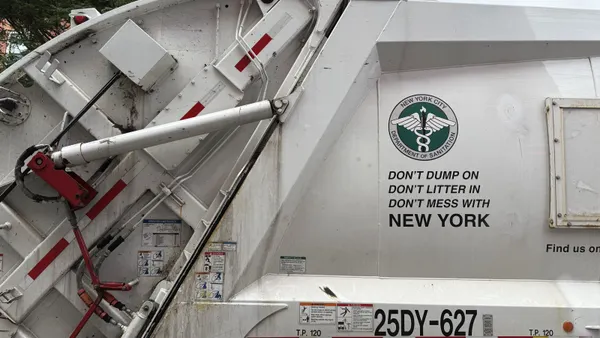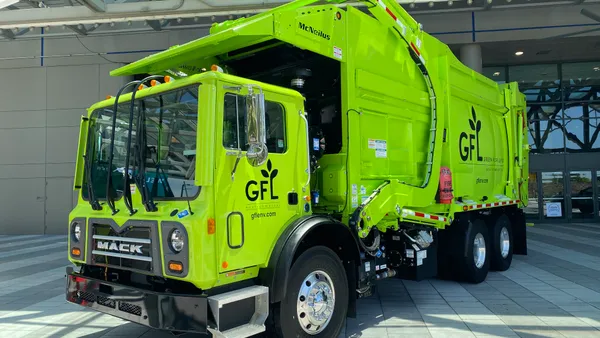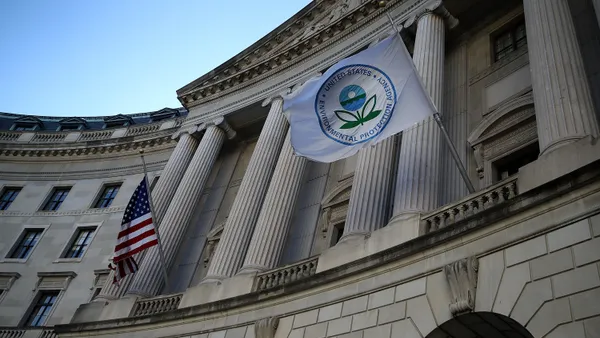Dive Brief:
- Approximately one million plastic bottles are purchased every hour around the globe, which breaks down to about 20,000 bottles per second, according to exclusive findings by The Guardian.
- Fewer than half of the plastic bottles sold in 2016 were collected in 2016 and only 7% were turned into new bottles, according to the same reporting. The rest end up in landfills or in the ocean.
- Up from 300 billion ten years ago, 2016 saw 480 billion plastic bottles sold. That number is expected to increase another 20% by 2021.
Dive Insight:
The industry has paid much attention to the ocean this year, and has given some serious thought about how to pull plastic out of the ocean and keep it from getting there in the first place. A 20% increase in plastic bottle purchases around the world will be a massive challenge not just for drink manufacturers, but for facilities recycling plastic bottles, landfill operators facing an increased load of plastic waste, and leaders pushing diversion efforts to keep plastics from entering the ocean — especially as billions of pieces of plastic are already circulating the ocean and ending up in remote areas.
According to a recent report, cigarette butts are the only type of litter that's more common in the ocean than plastic bottles. Efforts to mitigate plastic pollution — like The Ocean Cleanup's plan to pull plastic out of the Great Pacific Garbage Patch, or Dell's plan to include more recycled marine plastic in its products — have the opportunity to make big waves in the world of plastics recycling.
However, if the waste and recycling industries are going to be faced with 20% more plastic bottles in just four years, industry players must start preparing now. A 2015 report from the World Watch Institute found that plastic production is increase and recycling is lagging behind. If the industries aren't prepared by 2021, handling over 500 billion plastic bottles may prove to be an impossible task.












